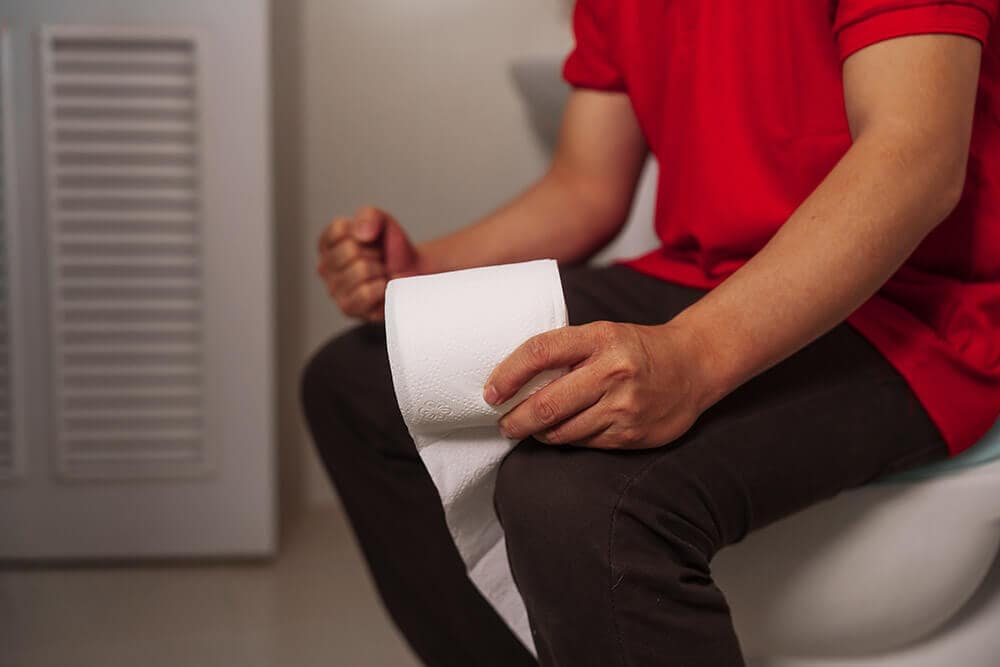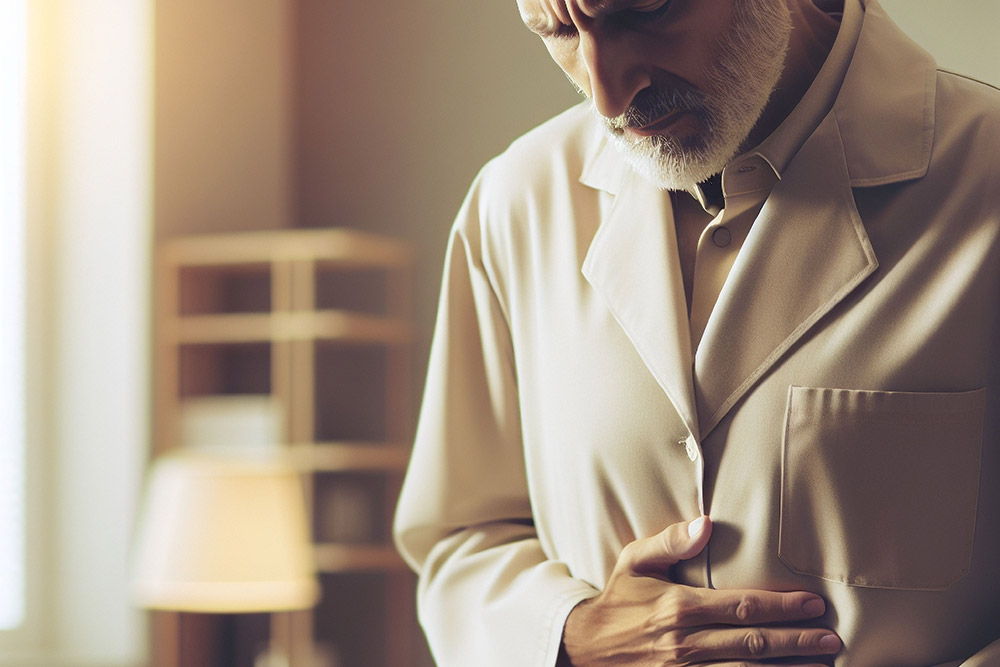Expert Treatment for Lymphocytic Colitis by Dr. Bharat Pothuri
Step 1: Health History and Physical Exam
Dr. Pothuri begins by asking about your health history. He also performs a physical examination.
Step 2: Lab Tests
To rule out other causes, he may order blood tests and stool tests.
Step 3: Colonoscopy
A colonoscopy is done to check your colon for inflammation or other issues.
Step 4: Biopsy
A biopsy may be taken during the colonoscopy to look for extra lymphocytes, a sign of inflammation.
Step 5: Advanced Tools
He uses advanced scopes and imaging tools to make an accurate diagnosis in our Houston clinic.
Frequently Asked Questions
What is lymphocytic colitis?
Lymphocytic colitis is a form of microscopic inflammation in the colon lining that causes frequent, watery diarrhea. It looks normal on colonoscopy but is confirmed by finding excess lymphocytes in a biopsy.
Is it serious?
It is not life-threatening, but untreated symptoms-such as chronic diarrhea and cramps-can significantly affect quality of life.
How is it different from ulcerative colitis?
Ulcerative colitis causes visible ulcers and damage on endoscopy. Lymphocytic colitis appears normal during the scope and shows inflammation only under the microscope.
Will I need surgery?
No. Most patients improve with dietary adjustments and medications like budesonide or antidiarrheals. Surgery is very rare and reserved for severe, refractory cases.
How long until I feel better?
Many patients notice relief within a few weeks of starting treatment. Complete remission may take one to two months, depending on response.
What is the ICD-10 code?
The official code for lymphocytic colitis is K52.8: -Other and unspecified noninfective gastroenteritis and colitis.-
Can I keep working during a flare-up?
Yes. With the right treatment plan, most people can manage symptoms and continue their daily activities, including work.












